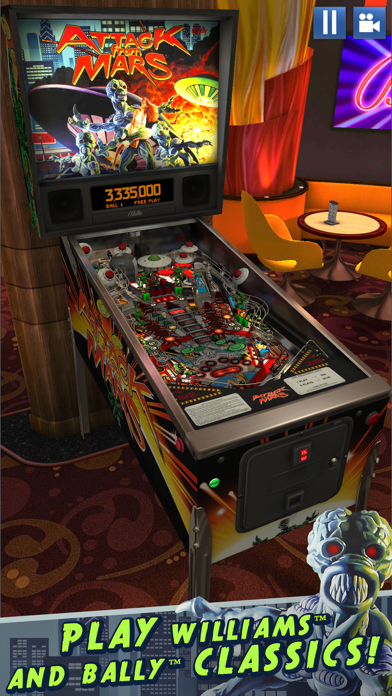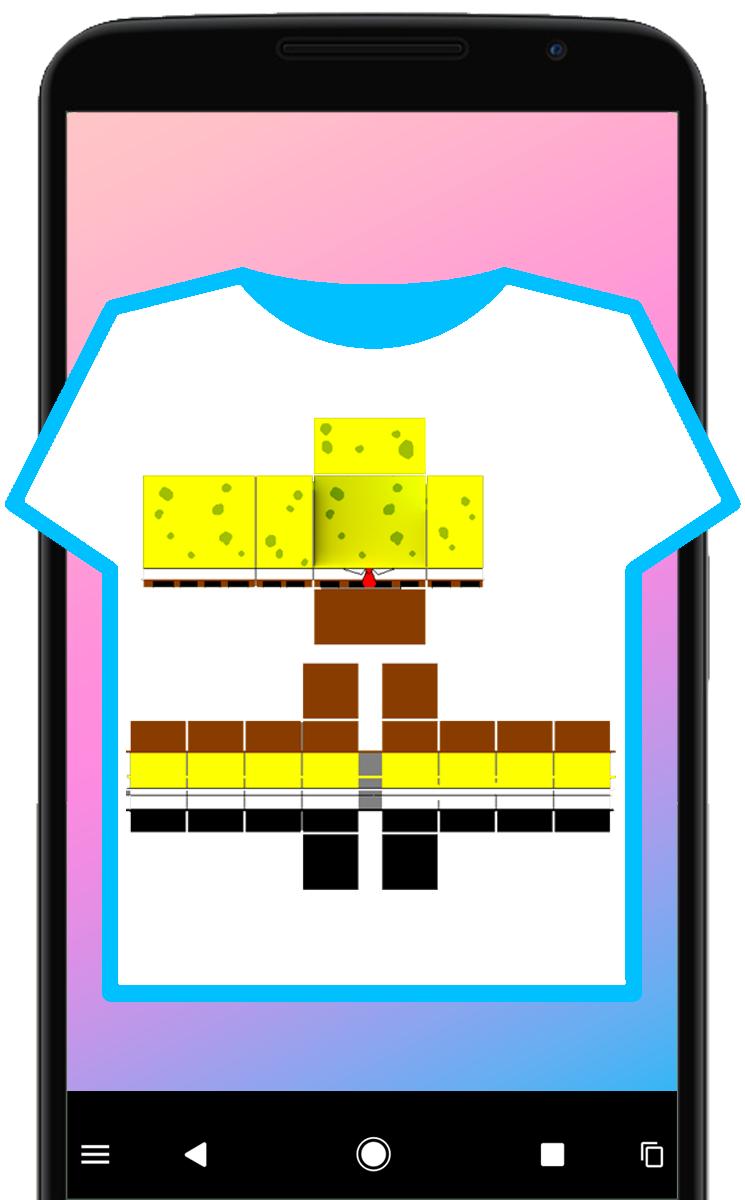GameMaker 8 is the latest version of the free easy game development software Game Maker from developers YoYo Games Ltd. Game Maker enables you to create your own Windows computer games without needing to know how to write any code. Built in drag and drop actions can be used to create simple games in a multitude of genres: platform, role-playing. Game Maker 8 Pinball Tutorials Photoshop - storieslasopa. By HurricaneSports.com CORAL GABLES, Fla. – Miami football is a family and Hurricanes football players are members of a unique brotherhood that spans decades. But for seniors and, the bond runs much deeper than most. Growing up in the Richmond Heights area of Miami.
The idea of a video game that lets you build other video games is nearly as old as the medium itself, dating back at least to 1983's Pinball Construction Set. More recently, series like Little Big Planet and Dreams have shown just how powerful simple controller-based game creation tools can be, while experiments like Kodu and Project Spark have failed to find the necessary audience to sustain themselves.Nintendo isn't new to this concept, either—the Mario Maker series and games like WarioWare DIY have given players robust creation tools to play with. But Game Builder Garage is Nintendo's most ambitious effort yet to let its users make games, using a coding-free environment built for the Nintendo Switch.
Meet the Nodons
The basic layout of Game Builder Garage will be familiar to anyone who has used visual programming tools Scratch or the Unreal Engine's Kismet environment. Instead of being built with lines of code, Garage games are made by placing and connecting little colored square beings called Nodons, which sit in the design space and distractingly blink their eyes at you every few seconds.
Every single thing in a Game Builder Garage game is represented by a Nodon, from the playfield/game screen to the player-character, the enemies, and invisible concepts like constants and variables. And everything about the game itself can be controlled by selecting a Nodon and tinkering with its inputs, outputs, and configuration—no actual lines of computer code are necessary.
To create an auto-scrolling 2D level, for instance, you can create a counter Nodon and connect it to the 'X' coordinate of the 'screen' Nodon, making the camera position shift to the right over time. If that configuration makes the screen move too fast, a 'map' Nodon in the connection chain can set a limit on how quickly the counter counts up.
AdvertisementPhysical-object Nodons, meanwhile, can be created using pre-made parts (a soccer ball, balloons, a can of tuna) or can be built from individual components (a few flattened spheres and boxes connected to make a tank, for instance). You can play with the physical and visual properties of each one, too, from size and shape to specific gravity and weight.
Other Nodons can control everything from counting up the score (with another Nodon to display it) to cycling random variables that control a cannon's rate of fire. You can also set up Nodons to trigger what happens when you press a specific button on the Joy-Con (or even using motion controls). An invisible Nodon can act as a trigger zone, activating other effects when a character crosses an on-screen threshold. Join them all together and the possibilities are almost endless.
Game Builder Garage will walk players through these options slowly via a series of seven guided tutorials. A bouncing blue dot named Bob leads players through each step to allow you to make games like a 2D tag simulation, a racing game with AI opponents, or a 3D adventure game.
'Regardless of whether you’ve made video games or not, it doesn’t matter,' a Nintendo representative told us during a guided, hands-off demonstration, adding that middle school-age children (and up) are the target audience. 'You’ll follow Bob and you will have seven working video games at the end of it.'
After those tutorials are done (which should take a few hours), creators get full control, gaining the ability to modify templates or start from scratch to bring completely new concepts to life. Players can also copy and paste Nodons from one program to another, borrowing and tweaking specific elements as they please (Update: Nintendo has clarified that you can only copy and paste Nodons within a specific program. 'If you want a specific grouping of Nodon from one program, you’ll have to copy that entire program and use it as the basis of a new one').
 Advertisement
Advertisement Share it yourself

Game Builder Garage's sharing options seem relatively limited. This isn't like Super Mario Maker, where levels are listed in a central repository that any stranger can use to find and play them. Instead, uploaded Game Builder programs produce a shareable code that others can use to download your creation (you can also share programs through a local wireless connection).
Nintendo maintains control over this interpersonal sharing, but its moderation system will largely rely on user policing. 'If something is offensive, you can report it,' a Nintendo representative told Ars.
A system that relies on user reports probably saves Nintendo a lot of headaches. Looking through every single Game Builder Garage submission for naughty content as it's submitted would take a lot of work, especially considering how deeply that content could be hidden in an array of opaque, hard-to-follow Nodon connections. The situation wouldn't be quite as bad as what a company like Apple faces with its iOS App Store review process, but it might be similar in many ways.
Without a centralized clearinghouse of Game Builder programs, Nintendo also avoids the possibility of young players finding unapproved content within the game itself. Sure, a kid might still come across a program-linking code on Facebook and load it up to see something offensive. But in that case, Nintendo didn't directly facilitate the discovery and can shift at least some blame to the kid cruising Facebook for programs shared by strangers.
 'We wanted to keep it completely organic this time,' our demo rep said, regarding the sharing system Nintendo put in place. He foresees situations like kids sharing their programs with parents, or computer camp students sharing their creations with each other, rather than single creators going viral with an online hit à la Roblox
'We wanted to keep it completely organic this time,' our demo rep said, regarding the sharing system Nintendo put in place. He foresees situations like kids sharing their programs with parents, or computer camp students sharing their creations with each other, rather than single creators going viral with an online hit à la RobloxGame Maker 8 Pinball Tutorial Video
.The hope, the rep said, is that kids become inspired to learn the basics of how games work. After seeing the components that go into even simple in-game objects, our Nintendo rep said he would “never make fun of a moving platform ever again... I get why it's difficult and challenging and fun and gratifying. I have this to thank for giving me an increased appreciation for what I’m playing.'
'If this can inspire at least one person to appreciate a video game, it's done its job.'
Welcome to Little Town - a major new tutorial for GameMaker Studio 2. The following tutorial provides an introduction to the principles of game development using GameMaker.
Developed in collaboration with award-winning game developer and university lecturer, Benjamin Rivers, Little Town has been designed to help new game designers quickly learn the core functionality of GameMaker Studio 2 in a natural, fun way. Little Town is an adventure game in which players control a child in an idyllic small town. By following clues, players must find the right items and bring them to one of the town’s three characters - the Baker, Teacher and Grocer.
The tutorial enables students, hobbyists and new game designers to create their own layout for Little Town and use code to bring it and its people to life. Users will also be able to choose where to hide each item, as well as writing their own hints and dialogue. With over eight hours of video tutorials as well as a wealth of supporting materials. The Little Town tutorial teaches many core skills from creating vibrant animations using GameMaker’s powerful Sequences tool to controlling sprites, sounds and laying-out the playing area - providing the perfect introduction to GameMaker Studio 2 and the fundamental principles of game design.
TUTORIAL DOWNLOADS
- Tutorial Guide - 305 Page PDF - HOW-TO & Written Tutorials Session 1-6 - DOWNLOAD (30 MB)
- Assets - Sprite Assets for Little Town Project - DOWNLOAD (8 MB)
- Audio - Instructions on how to download the audio files used - DOWNLOAD (84 KB)
- Projects - Each completed project per Session - DOWNLOAD (775 MB)
- Little Town Export - Final Windows EXE of Little Town Game - DOWNLOAD (129 MB)

VIDEO PLAYLISTS
Session 01 - Intro to GameMaker Studio 2
24 Videos - Approx~1hr 30mins.
Session 02 - Objects, Collisions and NPCs
24 Videos - Approx~1hr 30mins.
Session 03 - Characters, Textboxes and User Interface (UI)
20 Videos - Approx~1hr 30mins.

Game Maker 8 Pinball Tutorial Videos
Session 04 - Controls, States and Data Structures
18 Videos - Approx~1hr 30mins.
Session 05 - Sequences
24 Videos - Approx~1hr 40mins.
Session 06 - Sequences and Gameplay Loop
24 Videos - Approx~1hr 20mins.